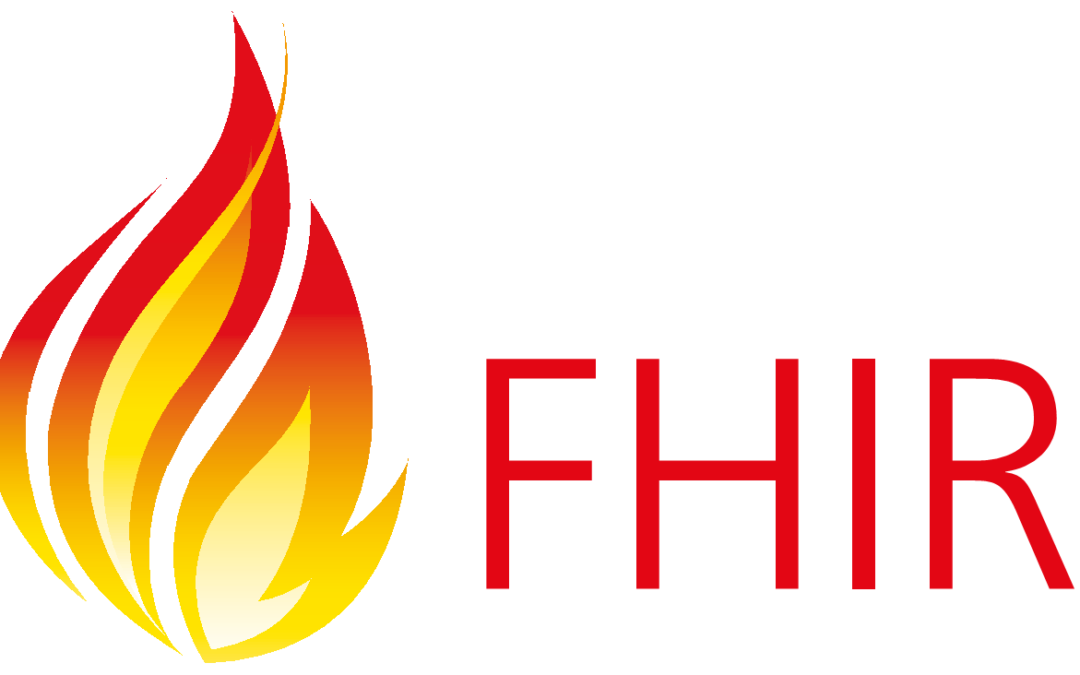In this blog, Adam Coombes, Product Owner for BridgeHead’s HealthStore, explores the value of a FHIR repository, leveraging the genius of Monty Python references to make his point.
“Well, maybe not an aqueduct, but there’s healthcare!”
Let’s begin by quoting directly from ‘What is FHIR?’ from the HealthIT.gov website:
“The HL7® FHIR® (Fast Healthcare Interoperability Resources) standard defines how healthcare information can be exchanged between different computer systems regardless of how it is stored in those systems. It allows healthcare information, including clinical and administrative data, to be available securely to those who have a need to access it, and to those who have the right to do so for the benefit of a patient receiving care.”
“And there’s the open standards!”
From the NHS Digital website:
“Fast Healthcare Interoperability Resources (FHIR) is the global industry standard for passing healthcare data between systems. It is free, open, and designed to be quick to learn and implement.”
I’ve spent the last year working with BridgeHead’s engineering team, across three release cycles, adding the core components of our FHIR repository to our HealthStore® Clinical Data Repository (CDR). Our latest release, HealthStore 23R3, is our first to integrate our existing imaging and document features with the ability to bring in numeric and text-based clinical data (typically, but not limited to, lab results and reports, discharge details, etc.) and then store it using those open standards.
“Well, obviously open healthcare standards, but why FHIR?”
We all have ‘that’ system. Right? The ‘recurring license fee’ that sits on an old computer in the corner of the server room. You’d like to just switch it off. But it’s got vital patient-related data on it. The ID and password are on a piece of paper stuck in the CD tray; and, on the rare occasion someone needs to access it, everyone suddenly has very important things to be doing elsewhere. Occasionally, its disk light will wink balefully at the operators just to let them know it’s still alive.
At BridgeHead, we’re experts at getting the data out of those expensive, high-risk legacy systems and into our Clinical Data Repository. If you’re using our HealthStore solution, clinicians will have access to a comprehensive view of each patient’s medical history, which will help them make more informed decisions. Even better, because it’s held as data and not converted to documents as it’s ingested, we can work with your nurses, doctors, administrators, etc., to present it in a way that best suits them. There’s plenty of evidence that making data easy to find and quickly accessible reduces workplace stress and improves patient outcomes.
“Don’t forget the cybersecurity!”
So, now your technicians can finally shut off that old system, which realizes another benefit of moving the data. While your legacy system was running, you were figuratively walking down cyber-alley with a sign taped to your back saying ‘hack me!’. Not only does retiring the system put the data on a secure, up-to-date platform (BridgeHead is Cyber Essentials Plus certified), but access to that data is now protected by industry standard, open Application Programming Interfaces (APIs) so no-one can mess with it without permission. In current vernacular, you reduce your ‘threat surface’.
“And there’s the interoperability!”
What’s more, storing the data as FHIR resources means that not only can it become part of the patient’s HealthStore record, but it brings it back to life (where it was previously siloed). Once in HealthStore, your other applications can use our FHIR APIs to query and extract that data. Think predictive medicine, population health, and seamless integrations to existing healthcare and other clinical or analytical systems.
“All right, but apart from the open healthcare standards, the better patient outcomes, reduced workplace stress, better cybersecurity and interoperability, what has a FHIR clinical data repository ever done for us?”
Well, quite a bit more actually, but that’s getting into another area that I’ll be discussing in a future blog post: “When is an Archive not an Archive?”.
In summary, some people call all of the above ‘archiving’. And many think of an archive as the place to put stuff you’d rather forget. But a CDR can also take current feeds from your live, clinical applications. So, in the New Year, I’ll be talking about how a CDR supports solving the ‘new system migration headache’ before you even start, how to easily get your data back out and into another system, continuity of care and disaster resilience, amongst other things. See you in 2024…
Adam Coombes is Product Owner for BridgeHead’s HealthStore® Clinical Data Repository. His goal is to enhance care delivery by enabling healthcare providers to create a safe, available, and complete clinical history for patients and make it easy to move data in and out of HealthStore, as and where needed.
Adam is an established Business Analyst, Product Owner, and self-confessed ‘physics geek’. For the last 15 years, he has worked with clinical and technical teams to develop solutions that improve patient outcomes.
If you would like to learn more about BridgeHead’s FHIR-enabled Clinical Data Repository…



